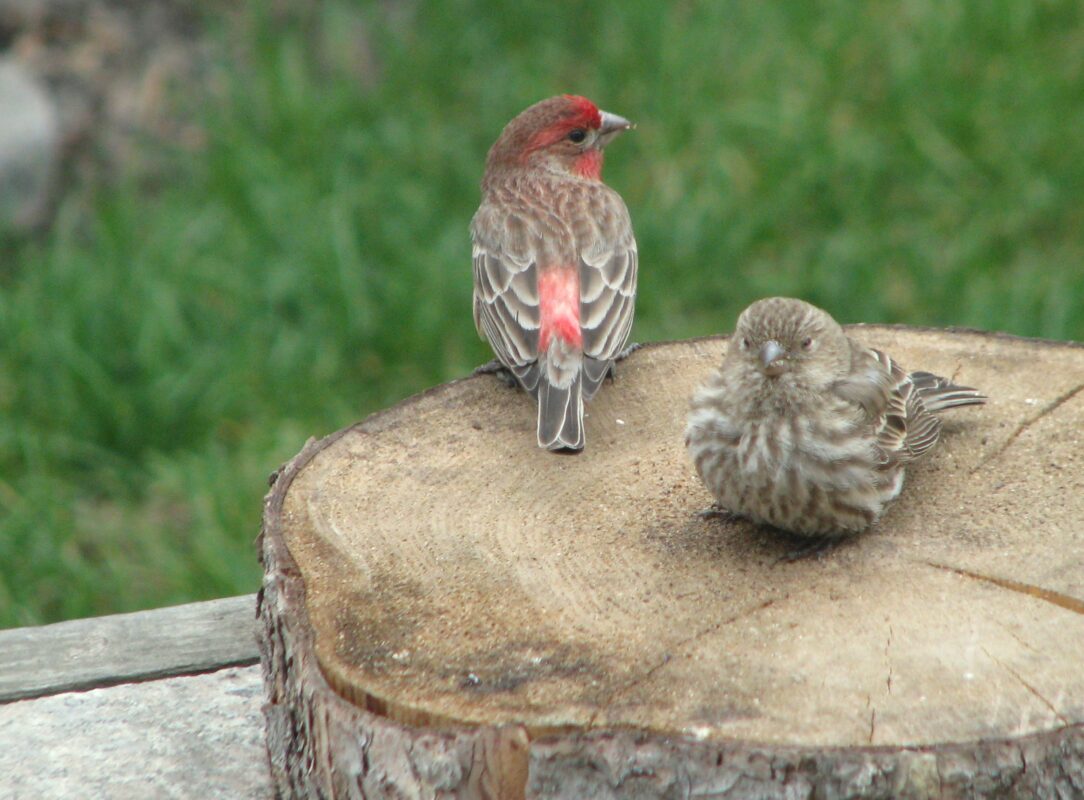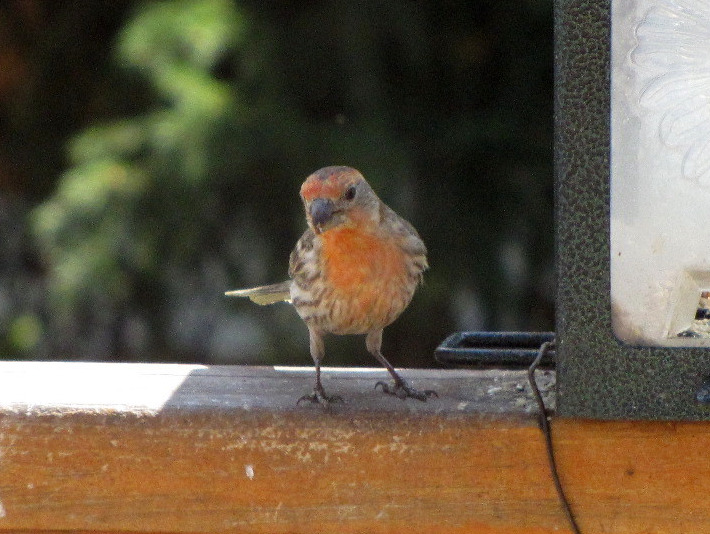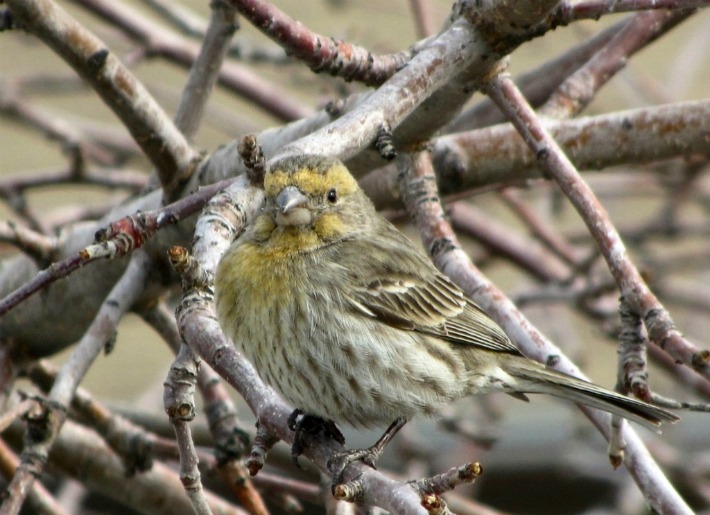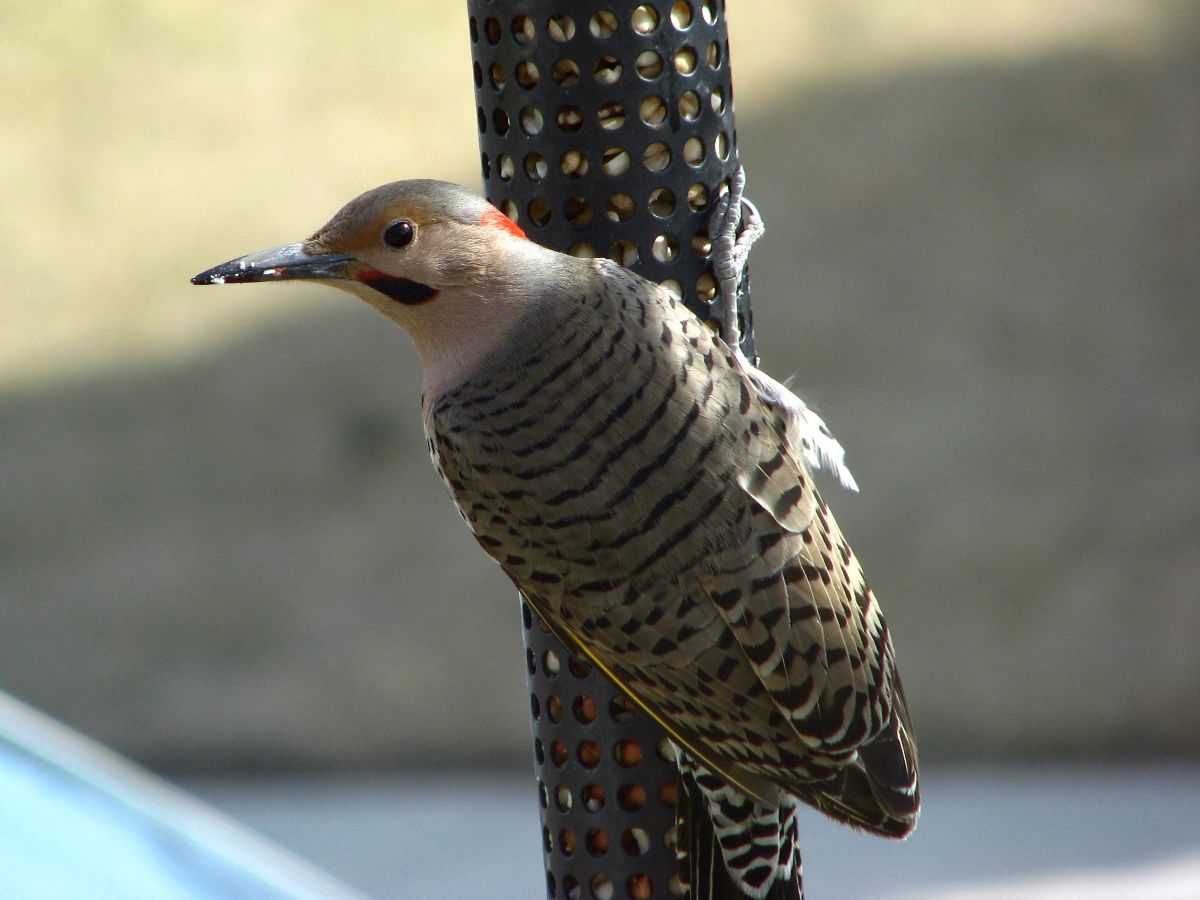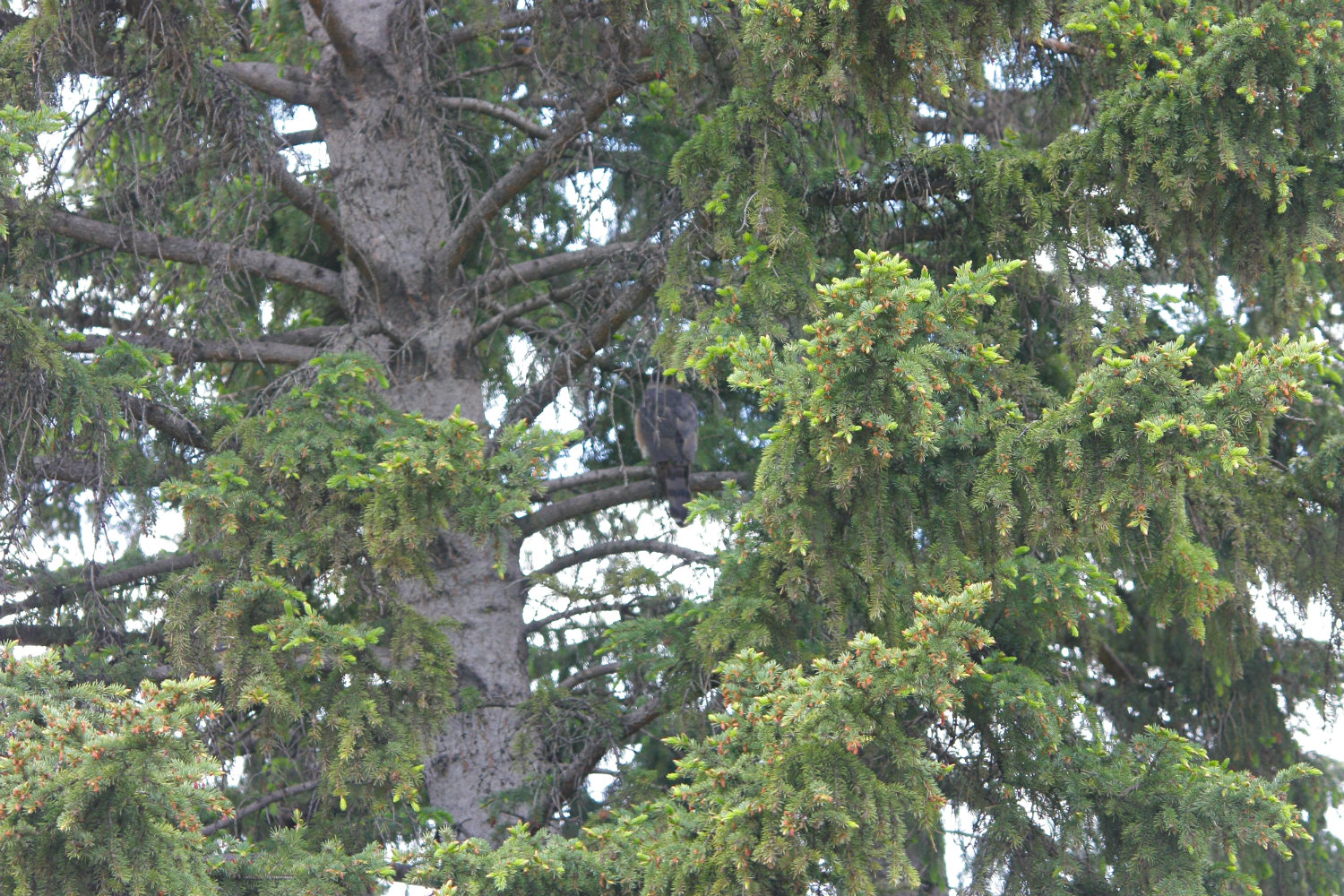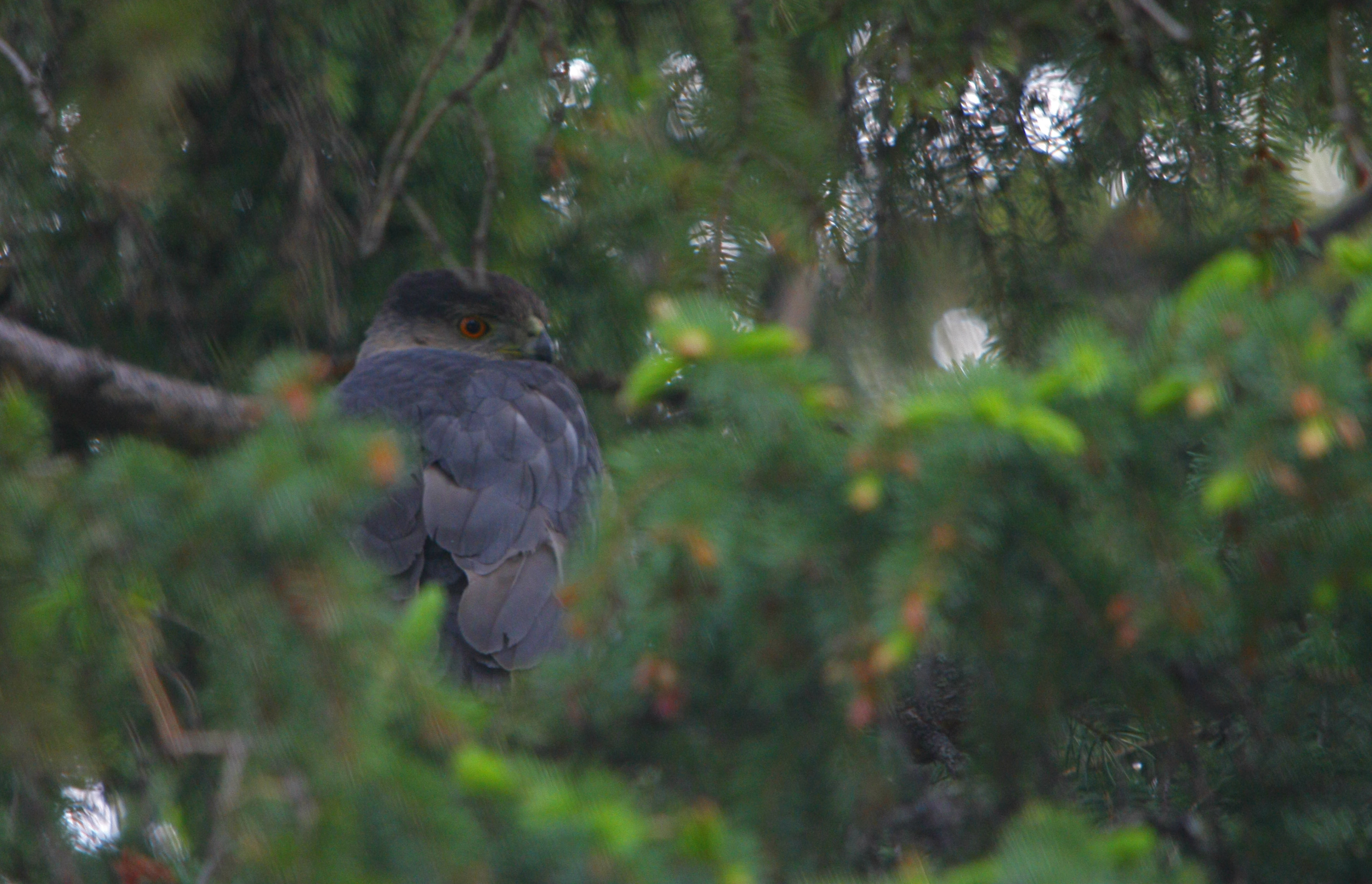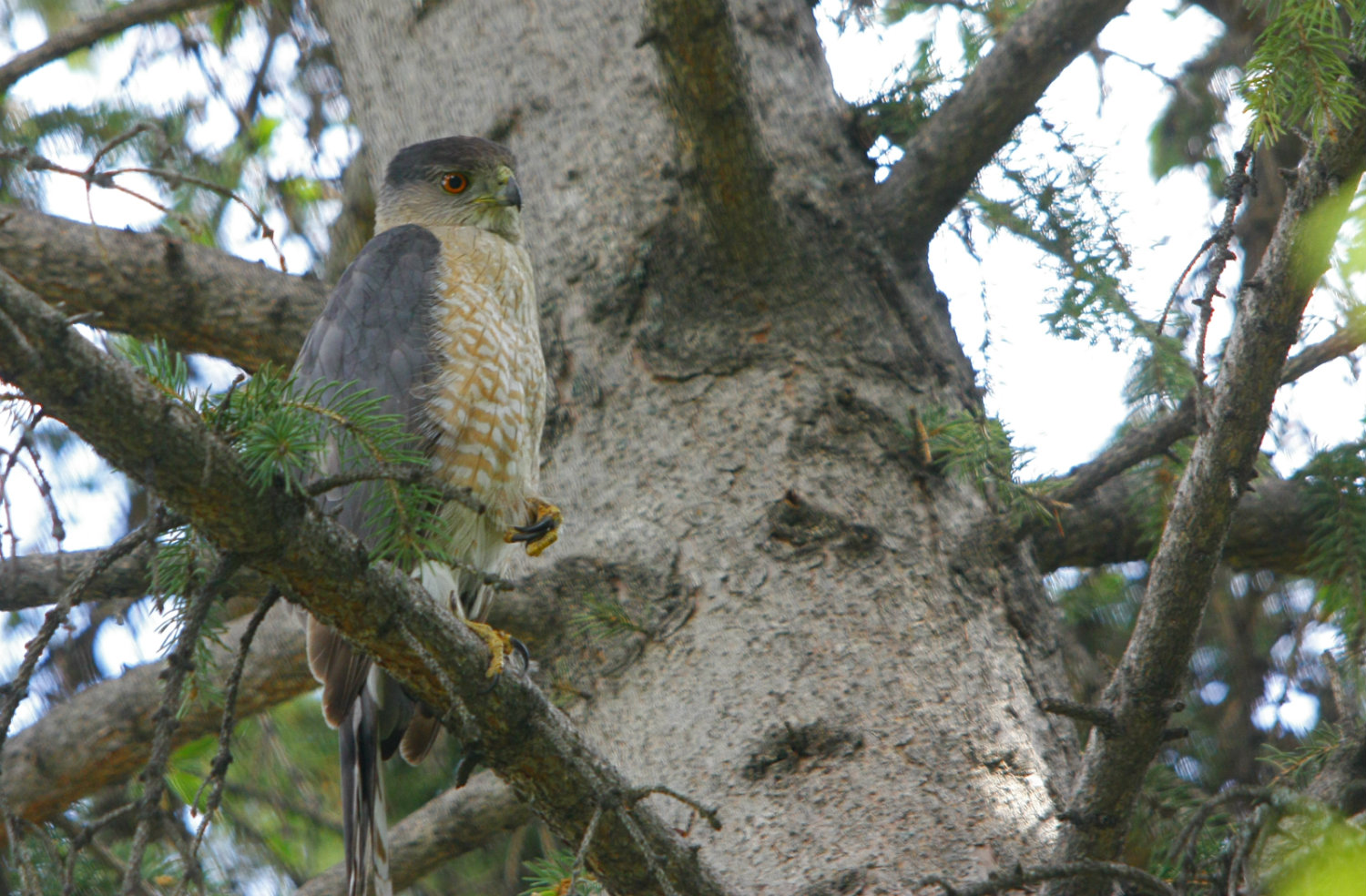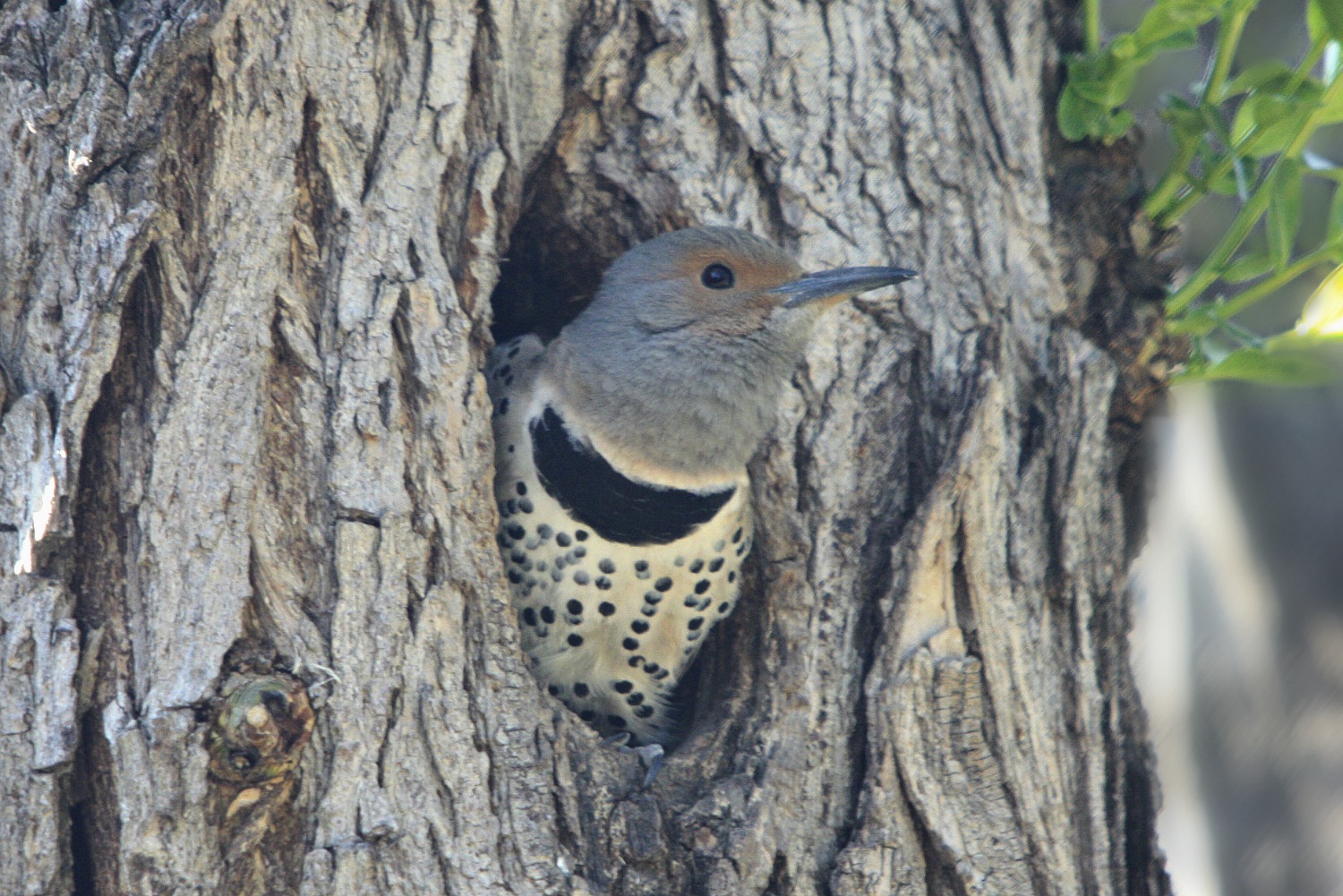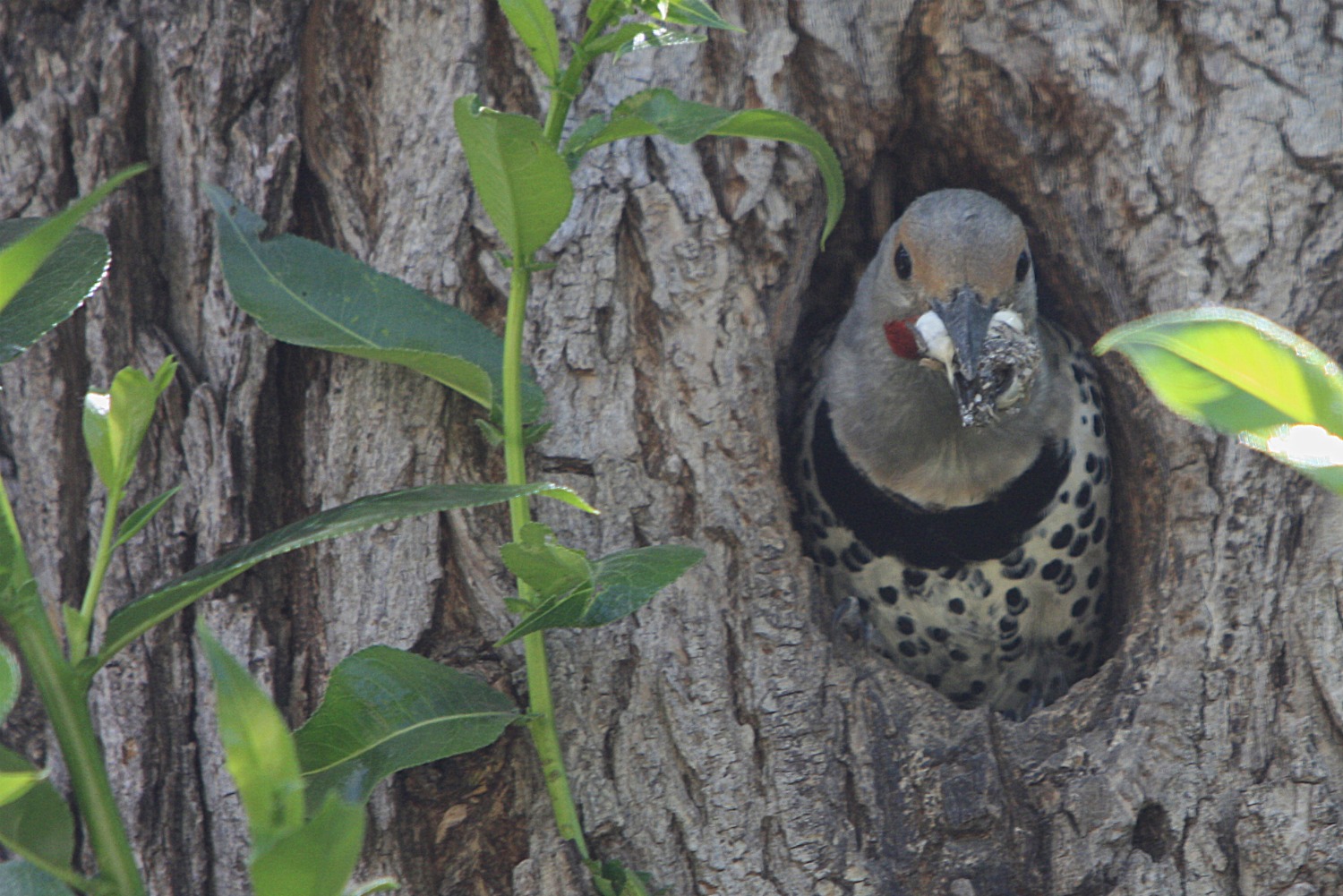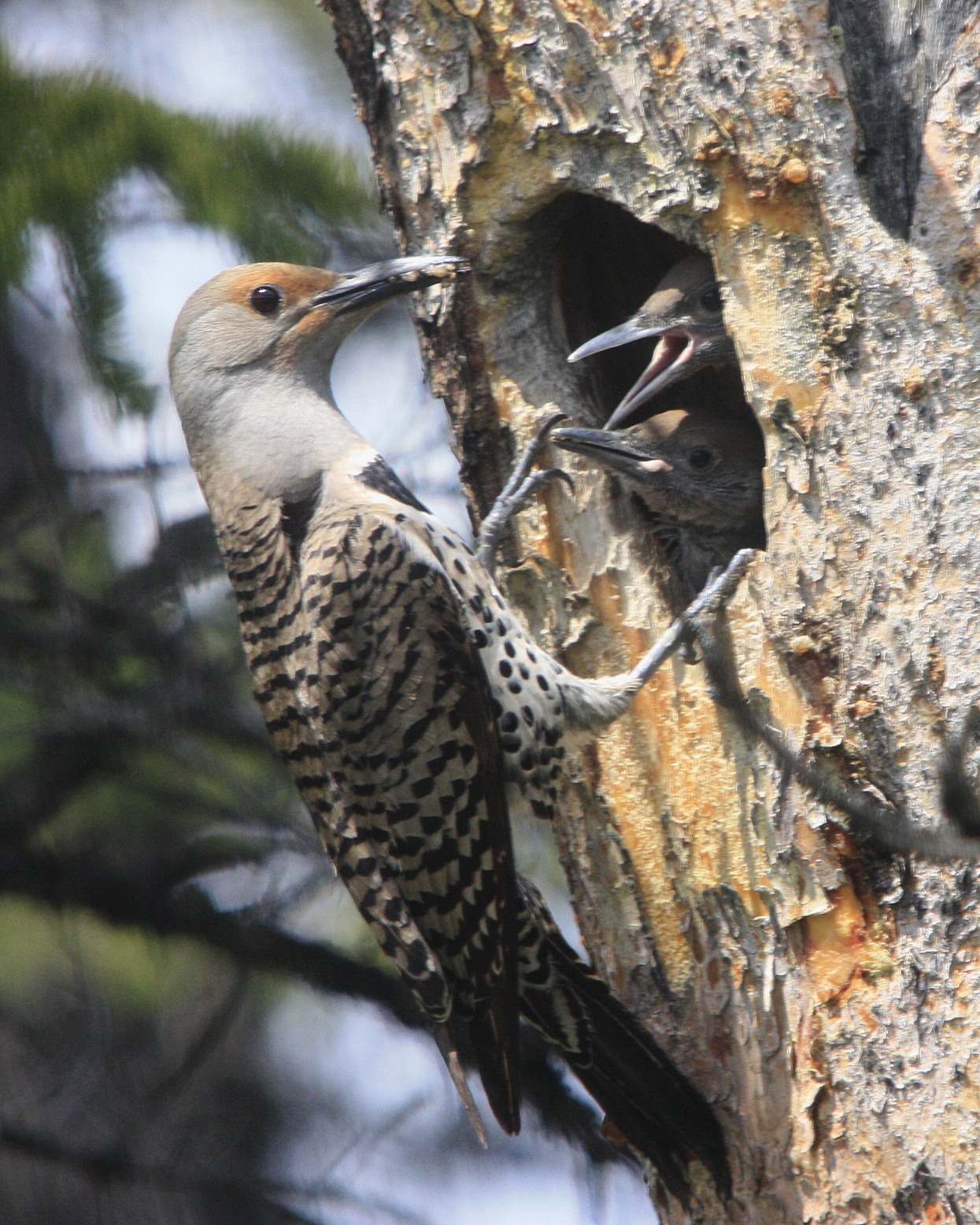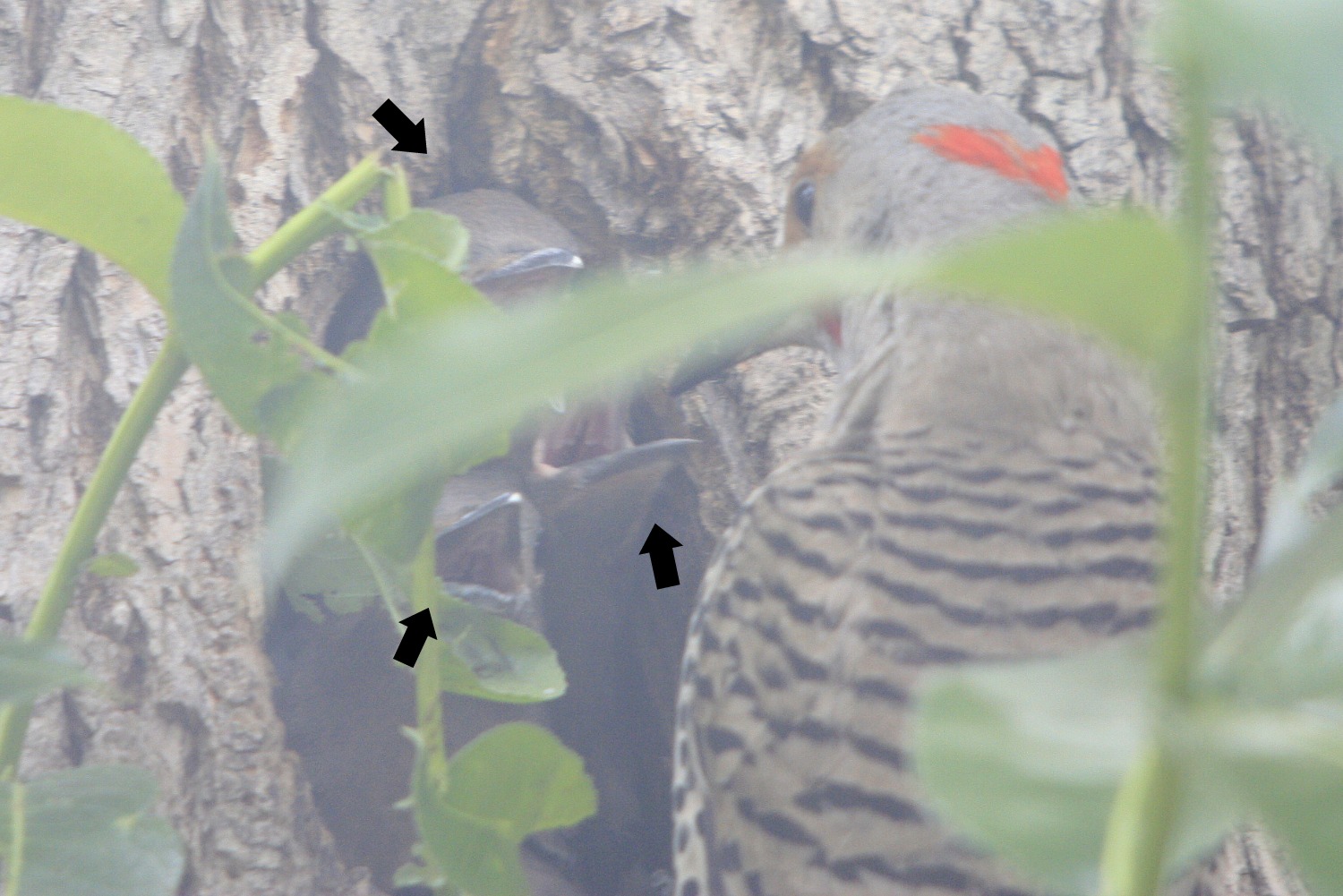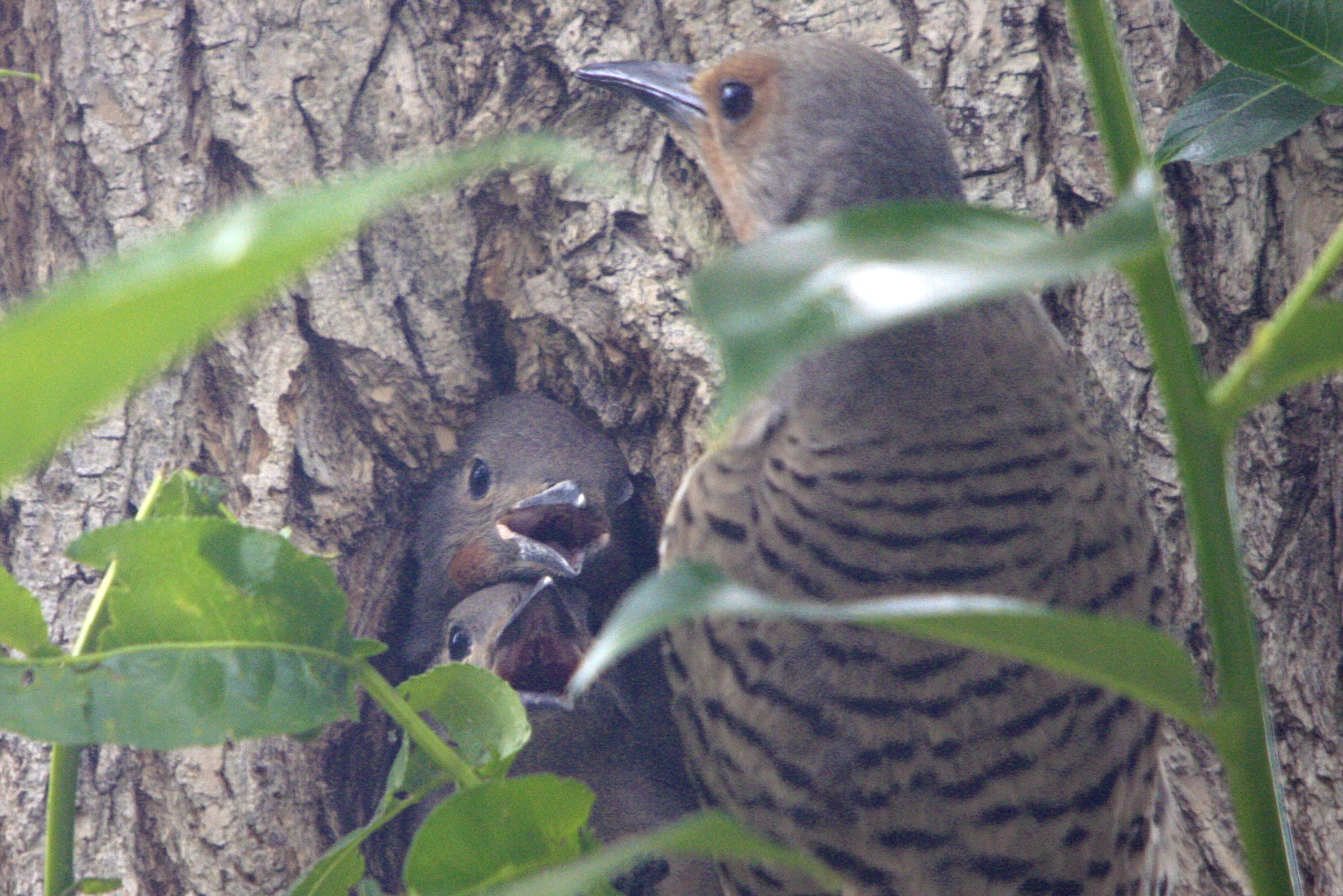By Ernie Allison
Ernie Allison loves nature. More specifically, he loves birds and wants to teach others how to appreciate them, too. To help further this mission, he writes for the Perky Pet bird feeder provider, birdfeeders.com .
Many bird enthusiasts wish they could help more with bird conservation efforts, but they just don’t have the money to donate to national and international foundations set up for the cause. Luckily, there is a lot you can do in your own back yard to help birds and nature in general. Here are some simple steps you can take to enjoy nature and protect it at the same time.
Bird Feeders
While it is true that birds survived before people started using bird feeders to feed them, the presence of bird feeders have changed the habits of many species. A few birds that would naturally migrate during the winter may choose to overwinter if you make food available (Overwintering Birds of Calgary). This means that by researching what birds are native to your area, you can provide the right food to keep them healthy during the winter. Fat is hard for them to come by in cold weather so suet, peanut butter, and other fatty treats are best.

White-breasted Nuthatch at suet feeder. Photo by Pat Bumstead

Northern Flickers will come to suet feeders. Photo by Bob Lefebvre
This does not mean that you should only feed birds in the winter. Truthfully, in the summer there is more competition because there are more birds around, so by feeding year-round, you will be more effective, as well as get to see more variety of species. This is also a good way to get birds in the habit of visiting your yard.
Millet feeders attract house sparrows, blackbirds, cowbirds and not much else. So if your goal is to attract a variety of birds, a millet feeder alone will not do the trick. In order to attract a variety of birds you must have a variety of feeders and food types.

Pine Siskins eating niger seed. Photo by Pat Bumstead

House Finches and Dark-eyed Junco. Photo by Bob Lefebvre
However, the activity around your millet feeder will attract the attention of other birds. Other birds will land nearby to see what is going on. Once they see that the sparrows have found millet to eat in a safe place, they will check your yard for other types of food. If the type of food these birds are looking for is available, they may decide to feed in your yard as well.
Be sure that you know what kind of birds will be attracted to your feeder. Certain feed attracts Rock Pigeons, which are not only annoying, but it is illegal to feed them in some areas. While Alberta and Calgary are not among these places currently, it is always good to check out your local laws to be sure.

American Goldfinch eating a niger seed/sunflower seed mix. Photo by Bob Lefebvre

Mourning Doves at sunflower chip feeder. Photo by Pat Bumstead
The types of birds you see will depend on the type of food you provide. Black-capped chickadees will be most attracted to oil-sunflower seeds, but will also visit suet feeders occasionally. House finches and nuthatches also enjoy sunflower seeds, so this is a good choice if you want to attract a variety of birds with one type of food. Woodpeckers enjoy suet feeders most. Make sure your feeder is properly anchored and has bars and places for the birds to cling to. Saucer feeders are effective for woodpeckers as well, and woodpeckers have even been seen at hummingbird feeders.

Northern Flickers on nut feeder. Photo by Bob Lefebvre

White-crowned Sparrow. Photo by Bob Lefebvre
Wildlife Garden
A great way to help out the avian creatures in your area is to provide a natural environment where they can thrive. By installing plants that are native to your area, you promote the health of other local native species.
Be sure to provide water sources as well. These are great for the health of your garden and for attracting wildlife. Running water is less likely to lie stagnant and accumulate diseases, but there are many ponds and birdbaths that can be easily cleaned with a little effort.

American Robins are regular visitors to birdbaths. Photo by Bob Lefebvre

House Finch bathing in a fountain. Photo by Bob Lefebvre
You can also design your landscaping in a way that allows smaller birds to be unseen by predators when they are at your feeders. By having multiple levels of trees and shrubs, you promote a safe, diverse environment.
If invasive species are growing in your lawn or garden, remove them by hand. Chemicals harm native species and animals as well. By taking the time to weed by hand, you are protecting the environment, not exchanging one evil for another.
By leaving rotten trees, grass clippings, and other debris in specific areas, you can attract wildlife. You also keep those materials out of the landfill by allowing them to compost in your yard. There are ways you can arrange it so that it’s not an eyesore. The bugs and worms that are attracted to these areas will draw birds and other creatures, which can lead to some great photo opportunities.

Ruby-throated Hummingbirds are attracted to flower gardens. Photo by Pat Bumstead

Common Grackles feeding on the ground. Photo by Pat Bumstead
While house sparrows are the most common species attracted to birds in the Alberta area, by doing a bit of research, you can set your sights on rarer birds. There is an abundance of wildlife in this area, so take these steps to protect it and enjoy it at the same time.

Swainson’s Thrush. Photo by Pat Bumstead

Varied Thrush. Photo by Bob Lefebvre

Baltimore Oriole feeding on oranges. Photo by Bob Lefebvre

Harris’s Sparrow. Photo by Bob Lefebvre

